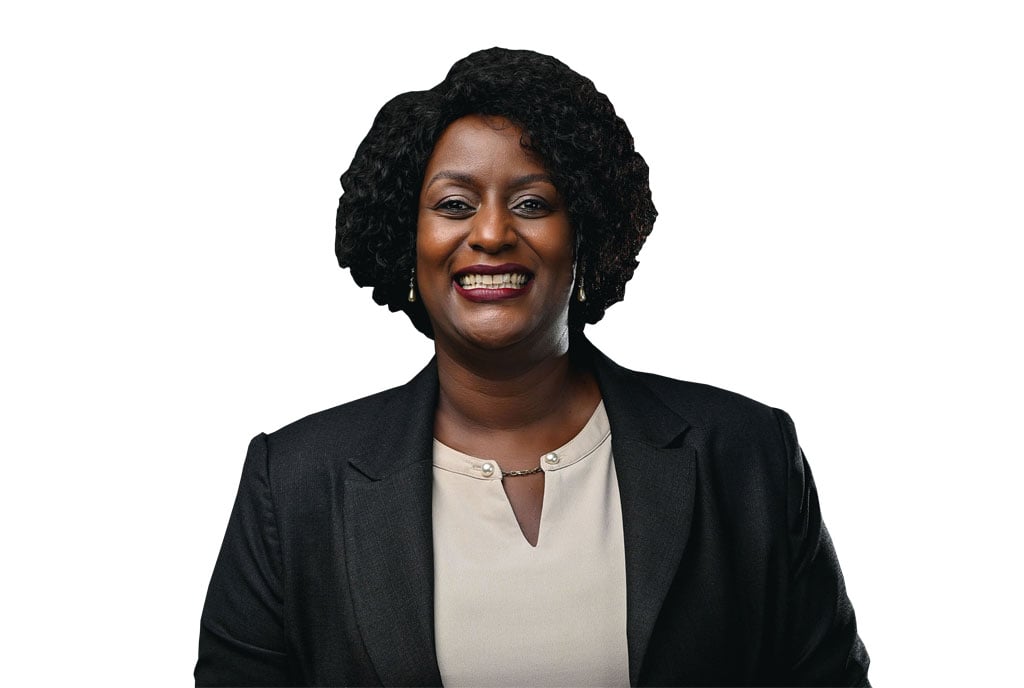Prime
What determines prices and demand for meats?

Meats curved from the different parts of the animals packages and on display at a supermarket counter. Photo by Racheal Mabala.
What you need to know:
More than availability and price, there are other factors ranging from culture to religion to personal tastes that are at play in the market for meats.
Meat, or in this sense, meats have always been on the market and it is once in a while that prices will change like during festive seasons—that is, rise and then fall when the festivities are over. For instance, one will not fail to get beef because it is readily available on the market no matter the cost.
“I sell beef more than any other type of meat because it is cheaper. A kilogramme of a wholesome beef (that is, with bones and fats) is Shs8,000 while the fillet costs Shs20,000. This one has no bones and is mostly preferred by high-class people,” asserts Saturday Sebi, a butcher in Bunga market.
Restrictions
On the other meat types, Sebi says, goat’s meat costs more than the wholesome beef; a kilogramme is Shs10,000. He adds that compared to beef, goat’s meat is at a higher price because of the taste and softness.
However, for mutton, it will only be brought to the butchery on prior order. A kilogramme is sold at Shs10,000.
Although mutton is not readily in most butcheries, there are specific people like the Arabs, Ethiopians, and Somalis who drive the demand for it unlike the locals who attach certain cultural restrictions, such as clan totems in Buganda.
It is because this kind of meat is considered a staple by these people which is not the case with the locals.
According to Moses Kiwanuka, a butcher dealing in pork, beef moves faster than pork because the former has many more consumers and it can be sold anywhere.
But for pork, it will not be available in certain places because of the religious norms attached, for instance, if it is a predominantly Muslim area.
Costs incurred
“Usually people consume pork during their leisure time, enjoying with friends yet beef or goat’s meat is bought for functions that unite people from different religions and backgrounds. I find myself making less money than those dealing in other types of meat,” he notes.
A kilogramme of pork is between Shs7,000 and Shs8,000 and will rise during the festive seasons, because of increased demand, up to about Shs10,000.
According to Lawrence Jjuuko, who runs a butchery in Kabalagala, the ready market and transport costs incurred when bringing the animals to the abattoirs determines the prices of the different types of meat.
He sells a kilogramme of beef between Shs7,500 and Shs8,000 depending at how much he purchases it from the abattoir while he sells goat’s meat and mutton at Shs10,000 per kilogramme.
Prices and sizes
Pascal Kamali, a cattle trader, confers that the prices are determined by the costs incurred from where the animals are bought from.
“The prices not only depend on the cost incurred but also the size of the animal. Cattle cost between Shs300,000 and Shs1.5m. Goats cost between Shs100,000 and Shs200,000 and when they are scarce on the market, they go as high as Shs130,000 to Shs250,000. Sheep cost between Shs100,000 and 200,000,” he explains.
At a wholesale price, a kilogramme of beef at the Kampala abattoir costs between Shs5,500 and Shs6,500, a kilo of goat’s meat and mutton is Shs9,000. A kilo of offals costs between Shs3,000 and Shs3,500, liver is Shs8,000-Shs8,500 and Shs9,000-Shs9,500 when there is less of it on the market. “The price for offals is lower because they go bad quickly,” Kamali says.
The animals are mostly sourced from the parts of the country that mostly rear the particular types of animals. Sometimes, the traders directly approach the key livestock farmers in the districts or go straight to the animal markets when the farmers are not selling.
Health concerns
One aspect with meat is the concern with health standards. Another trader at the Kampala abattoir, Alison Luwaga says, there are usually 14 standby veterinary doctors to inspect the animals before they are slaughtered. This is done to prevent the public from consuming contaminated meat that will do them harm. “The uninfected meat is stamped to mark it is good for consumption,” he says.
He cautions people against consuming meat of animals slaughtered from people’s homes. “It is not good to eat this meat though it is cheap. The animal might have had infections that will also cost your life. The inspectors at the abattoirs are knowledgeable, they know which meat is best for human consumption and one that will endanger one’s life,” he adds.
However, Kamali notes that less animals on the market come with higher prices while the higher the number of animals available on the market drives the prices lower.
At the other end of the spectrum, it is more than just the meats available in terms of kilogrammes.
It goes down to specific parts of the animals such as ham, bacon, pork chops, goat ribs, chicken necks, wings or breasts sold separately like that. There are also combinations marketed to appeal to different consumer tastes.
Tastes
In places like supermarkets with a special section for meats and high-end butcheries and meat shops, the meat is separated according to the animal part and it can either be boiled or roasted depending on one’s desires.
Christopher Haumba, the in-charge of the meat section at Nakumatt Oasis Mall, says they purchase the meat from Fresh Cuts, a meat processing factory, when it is already sorted into the different parts.
“We get various kinds of meats when they are already sliced in different parts. These also include whole chicken.”
He adds that this is done to ease people’s shopping since different people have different desires and tastes though the different parts are priced differently.




